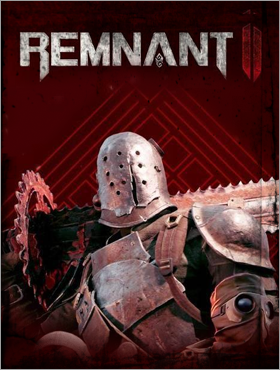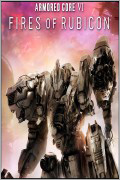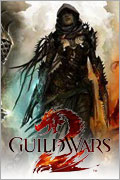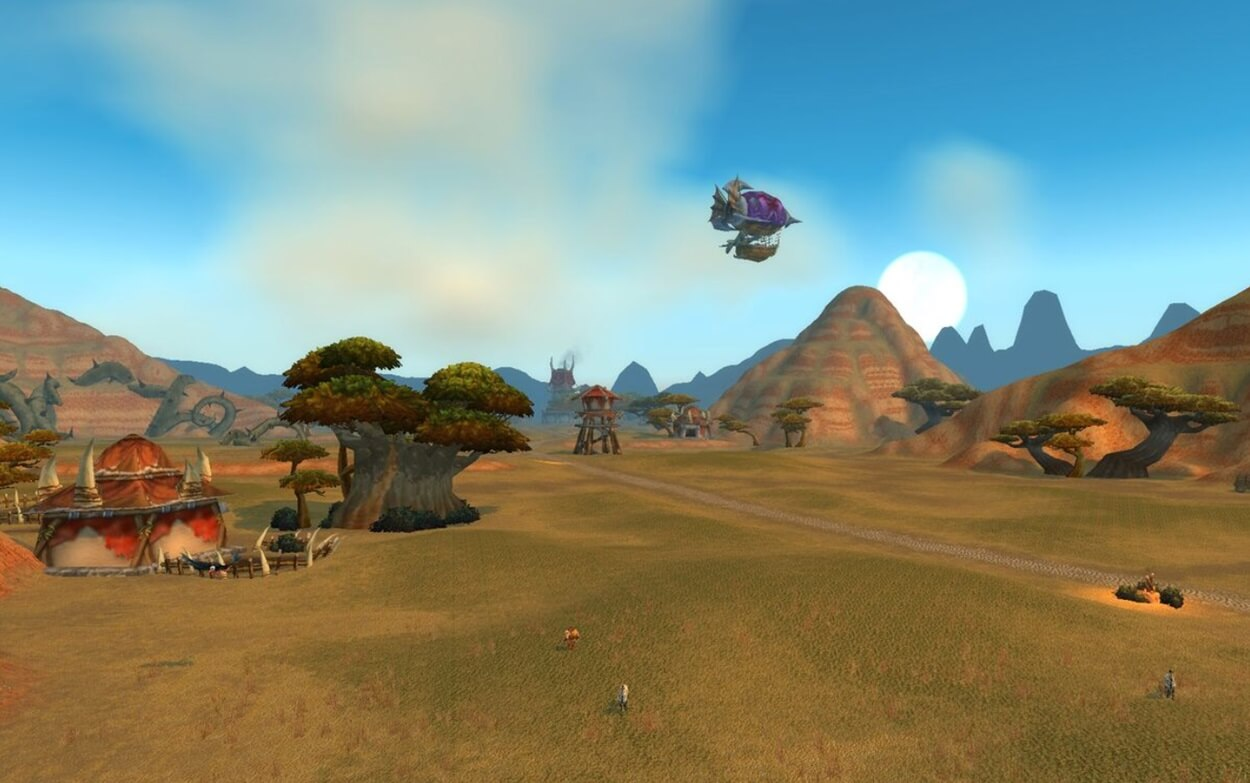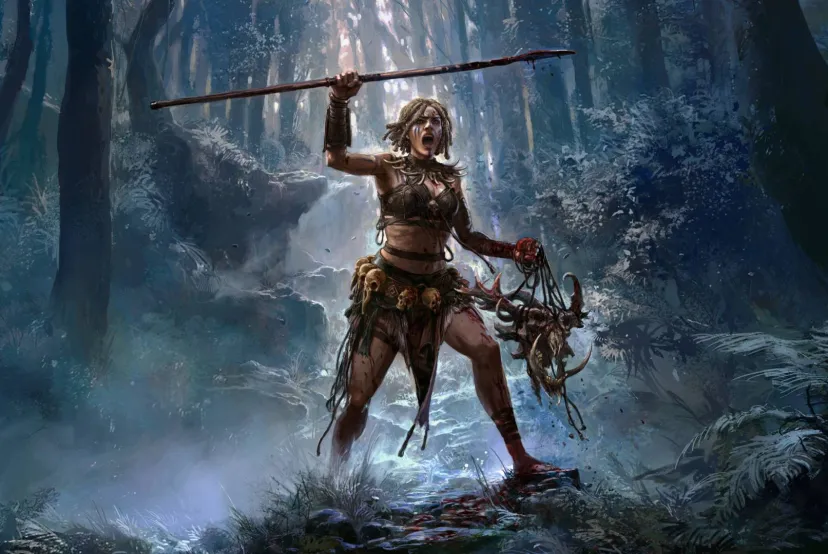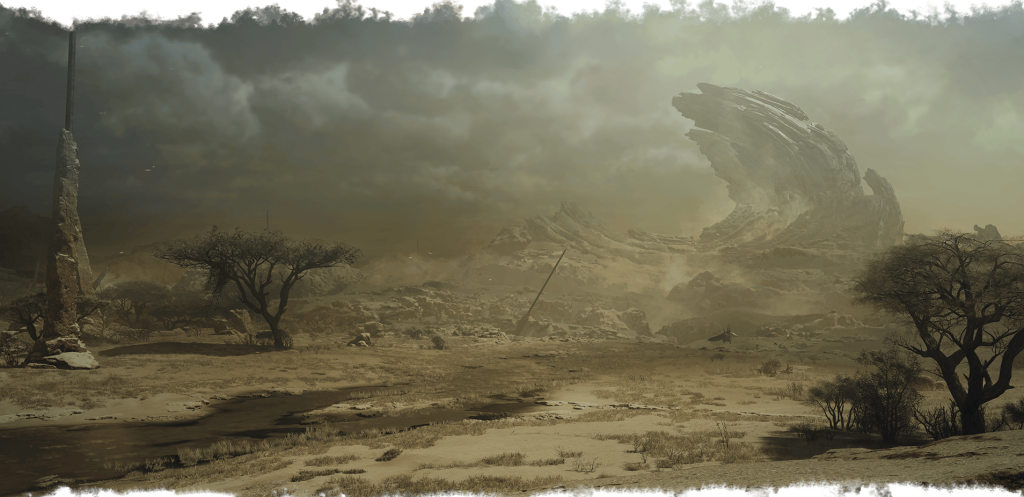
Seamless Open World, Immersion Redefined
Monster Hunter: Wilds introduces a seamless open-world design for the first time, a groundbreaking shift that eliminates the segmented zones of previous titles. The game features five colossal maps, such as the sprawling Abyss Desert and the enigmatic Emberflow Valley, interconnected through natural geographical transitions. Players can freely explore every corner of this vast world atop the majestic Eagle Wyvern, without enduring tedious loading screens.
The dynamic ecosystem of these maps evolves with day-night cycles and extreme weather conditions. For instance, in the desert, a sudden sandstorm darkens the environment and alters monster behavior—docile creatures may turn aggressive under the harsh conditions. In snow-capped mountains, blizzards reduce visibility and may spawn unique resources or environmental traps. This hyper-realistic ecological system immerses players in a living, breathing world brimming with unpredictability.
Innovative Mechanics: Accessible Yet Deep
Monster Hunter: Wilds introduces player-friendly systems to lower the entry barrier while enhancing excitement. The Focus Mode is a godsend for newcomers—activating it auto-locks attacks onto monster weak points, solving the “missed hits” dilemma. Even complex weapons like the Charge Blade or Long Sword become approachable for beginners.
The AI Companion System revolutionizes solo play. During hunts, players can summon three unique NPC allies specializing in weapons like the Hammer, Lance, or Heavy Bowgun. These AI partners provide smart support, deploying healing dust or flash bombs strategically. Crucially, they don’t steal damage output, and their “cart” failures don’t count against the player, making solo hunts as thrilling as multiplayer.
Additionally, streamlined logistics enhance the flow of combat: infinite Power Coating for bows, unlimited Normal Ammo for bowguns, 30-minute meal buffs, and on-the-go resupply at portable camps. Players can focus entirely on the hunt, free from tedious inventory management.
Monster Design: Fresh and Familiar
Monster design remains at the heart of the series. Monster Hunter: Wilds features a diverse roster, including newcomers like the Bogspitter and Infernoctopus. The Bogspitter, a swamp-dwelling leviathan with uncanny camouflage abilities, and the Infernoctopus, a fiery octopus-like menace, offer fresh challenges. Classic beasts like Gravios and Blangonga return with updated behaviors, surprising veterans with new twists.
Each monster boasts unique habitats, behaviors, and weaknesses. For example, the Frostscythe Drake roams icy cliffs, armored in impenetrable hide but vulnerable at its wing joints. Mastery requires keen observation and adaptation.
Weapon System: Versatility and Strategy
The weapon system in Monster Hunter: Wilds expands further, offering 14 weapon types with distinct playstyles and upgrade paths. From the agile Long Sword to the brute-force Great Sword and the relentless Dual Blades, every weapon caters to different strategies.
A game-changing addition is the Dual Weapon Switch mechanic, allowing players to swap between primary and secondary weapons mid-fight—for example, pairing a Long Sword with a Heavy Bowgun to adapt tactics dynamically. Combined with the revamped Skill Jewel system (separated into





